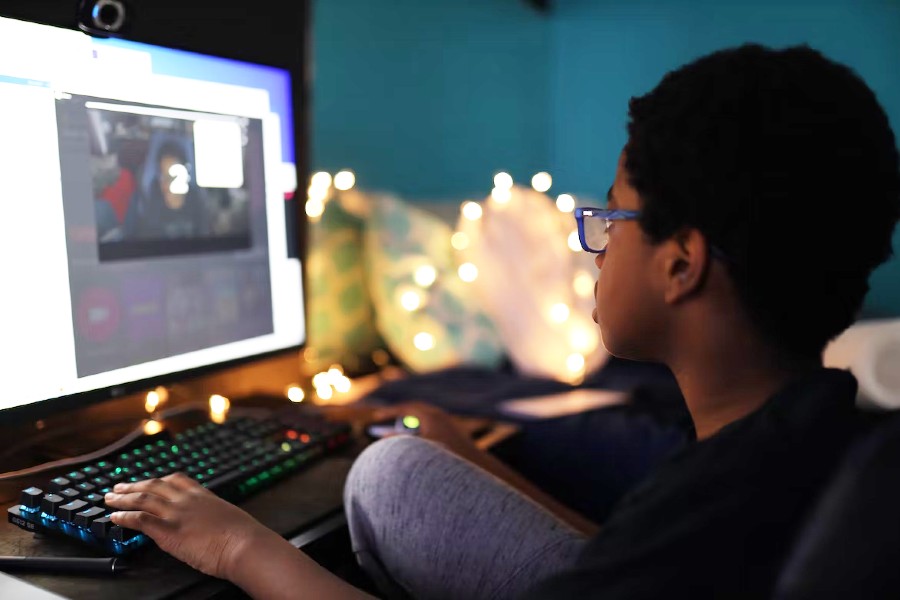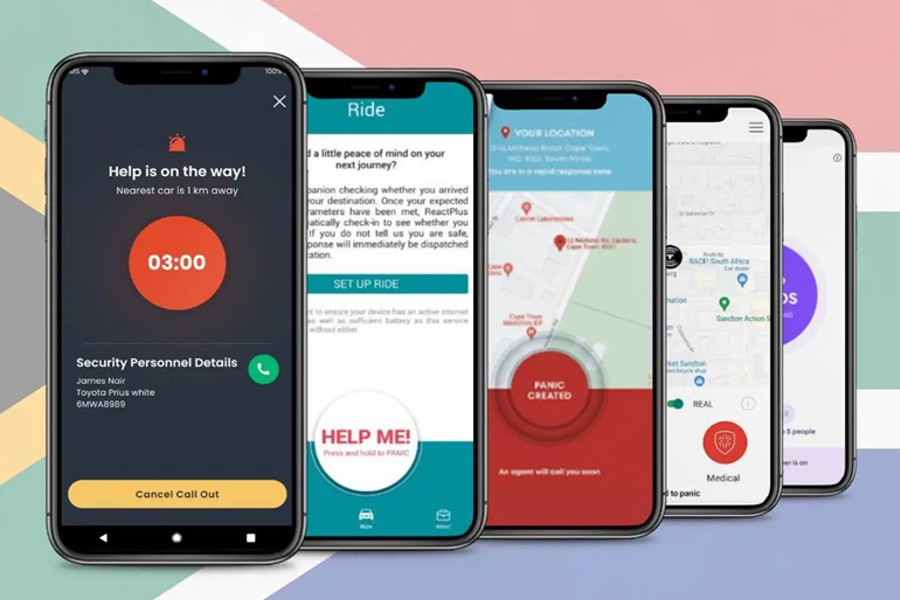
The growing popularity of smart home devices has more people using smart TVs to access entertainment and information.
This means that app developers are now focusing on creating apps specifically for smart TVs, which requires a different approach to testing than traditional mobile apps. This article will discuss essential app development testing tips for smart TVs.
Understand The Smart TV Platform
The first step in developing an app for a smart TV is to understand the platform on which the app will run. Different smart TV platforms have different capabilities and limitations, and understanding these can help you design an app that performs optimally on the target platform.
For example, Samsung Tizen is one of the most popular smart TV platforms, but it has limited memory and processing power. On the other hand, LG WebOS is known for its smooth user interface and excellent performance.
Consider The Screen Size And Resolution
Smart TVs come in different screen sizes and resolutions, and your app should be able to adapt to these differences. You need to perform smart TV automation testing to ensure good resolution performance.
For example, if your app has small text or buttons, it may be difficult to read or tap on a larger screen. On the other hand, if your app has large images or graphics, it may look pixelated or stretched on a smaller screen.
Test For Remote Control Navigation
Smart TVs are typically controlled using a remote control with few buttons and no touch screen. This means your app needs to be optimized for remote navigation, with intuitive and easy-to-use controls.
You should perform smart TV app testing using a remote control to ensure that all the navigation and interaction elements work as expected. For example, you should check that the directional buttons can be used to navigate through the app and that the OK button can be used to select items.
Test For Voice Control
Many smart TVs now support voice control, which allows users to control their TV and apps using voice commands. If your app supports voice control, you should perform test automation on your app to ensure that it recognizes and responds to voice commands correctly.
You should also consider how users might phrase their commands and test for various voice commands. For example, if your app is a weather app, you should test for commands like “What’s the weather like today?” and “What’s the forecast for tomorrow?”
Check For Compatibility With External Devices
Smart TVs can be connected to various external devices, such as gaming consoles, soundbars, and home automation systems. Your app should be compatible with these external devices and work seamlessly.
You should test your app with different external devices to ensure that it works correctly and that all the features are available when connected to an external device. For example, if your app is a music streaming app, you should test it with different sound systems to ensure the music can be played through them.
Test For Network Connectivity
Smart TVs rely on an internet connection to access apps and content, so your app should be optimized for network connectivity. You should test your app with different network speeds and types (such as Wi-Fi and Ethernet) to ensure it works correctly under different network conditions.
You should also test your app for offline functionality so users can access certain features without an internet connection. For example, if your app is a news app, you should ensure that users can still access previously downloaded news articles when they are offline.
Test For Accessibility
Accessibility is essential for all apps, but it is vital for smart TV apps, which people with disabilities or impairments may use. You should test your app for accessibility features such as closed captions, audio descriptions, and screen reader compatibility.
You should also consider the font size and contrast levels, as some users may have difficulty reading small text or distinguishing between certain colors. In addition, you should test your app with assistive technology such as screen readers and voice recognition software to ensure that people with different abilities can use it.
Test For Performance
Smart TVs have limited memory and processing power, so your app should be optimized for performance to ensure that it runs smoothly and quickly. You should test your app for performance issues like slow load times, laggy animations, and crashes.
For example, if your app is a video streaming app, you should test it to ensure it can stream high-quality video without buffering or stuttering.
Conclusion
Testing a smart TV app requires a different approach than testing a traditional mobile app. Many organizations leverage testing solutions to help with their smart TV testing goals. Automated app testing tools like HeadSpin are a great option.
HeadSpin lets you connect to real smart TVs on which you can test your apps. This feature makes it an incredibly effective testing tool. Using Ai to provide detailed insights into app errors, users can get accurate insights and make precise edits. Reach out!
- Robert Battle Appointed Resident Choreographer Of Paul Taylor Dance Company
- Albany Med Disciplines NICU Nurse Who Raised Concerns About Having Enough Staff To Safely Care For Sick Babies
- The Cost Of Junk Removal In Brooklyn: What To Expect
- How A Diploma Maker Enhances Graduation Ceremonies
- Freshen Up With Carpet Deodorizing In Long Island
Become a Harlem Insider!
By submitting this form, you are consenting to receive marketing emails from: . You can revoke your consent to receive emails at any time by using the SafeUnsubscribe® link, found at the bottom of every email. Emails are serviced by Constant Contact








